Norway’s rugged coastline is carved with dramatic fjords, those magnificent, sea-filled valleys carved by glaciers during the Ice Ages. These natural wonders cut deep inland, creating waterways flanked by towering mountains that plunge sharply into calm, mirror-like waters. Each fjord has its own distinct character, from the famous UNESCO-protected gems to hidden treasures known mostly to locals and adventurous travelers.
Here is a list of 20 of Norway’s most spectacular fjords that showcase the country’s magnificent natural beauty.
Geirangerfjord
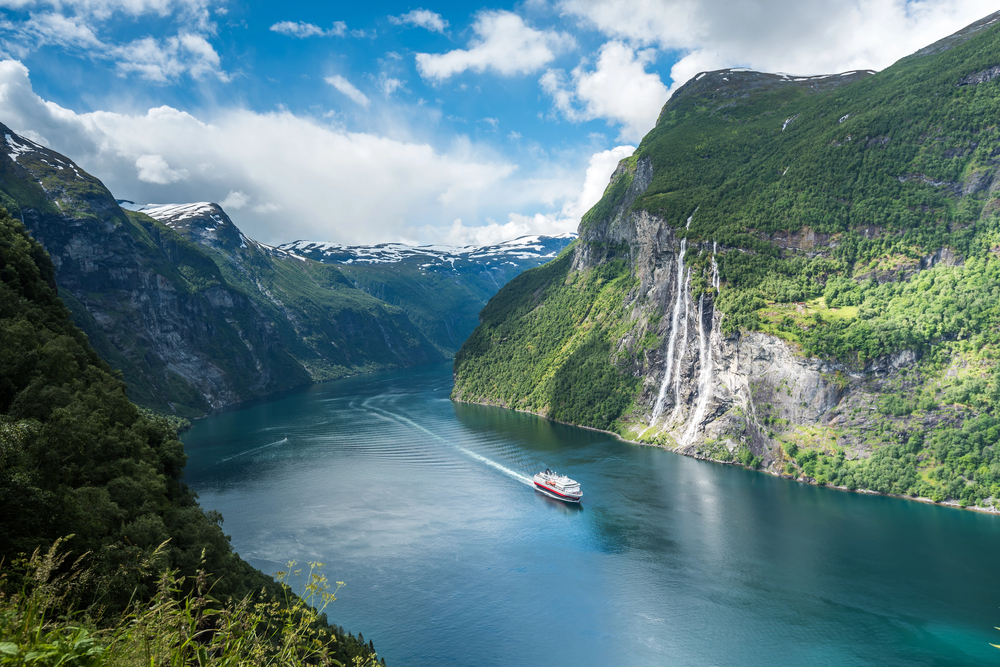
This UNESCO World Heritage site represents the archetypal Norwegian fjord with its deep blue waters surrounded by near-vertical mountain walls. Waterfalls cascade down steep cliffs, including the famous Seven Sisters waterfall with its seven separate streams dancing side by side.
The small villages clinging to the mountainsides seem impossibly positioned, telling stories of human determination to inhabit even the most challenging landscapes.
Sognefjord
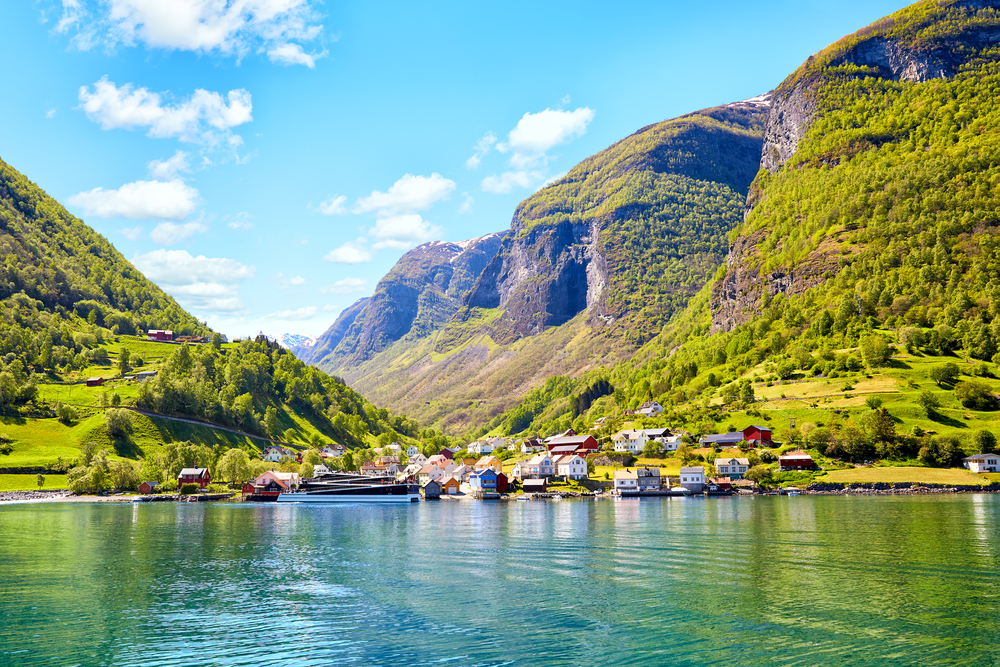
Norway’s longest and deepest fjord stretches over 127 miles inland from the ocean and reaches depths of more than 4,290 feet. The sheer scale of Sognefjord earns it the nickname ‘King of the Fjords,’ with branches extending like fingers into the mountain landscape.
The Flåm Railway connects to this majestic waterway, offering one of the world’s most beautiful train journeys through spectacular mountain scenery.
Like Travel Pug’s content? Follow us on MSN.
Hardangerfjord
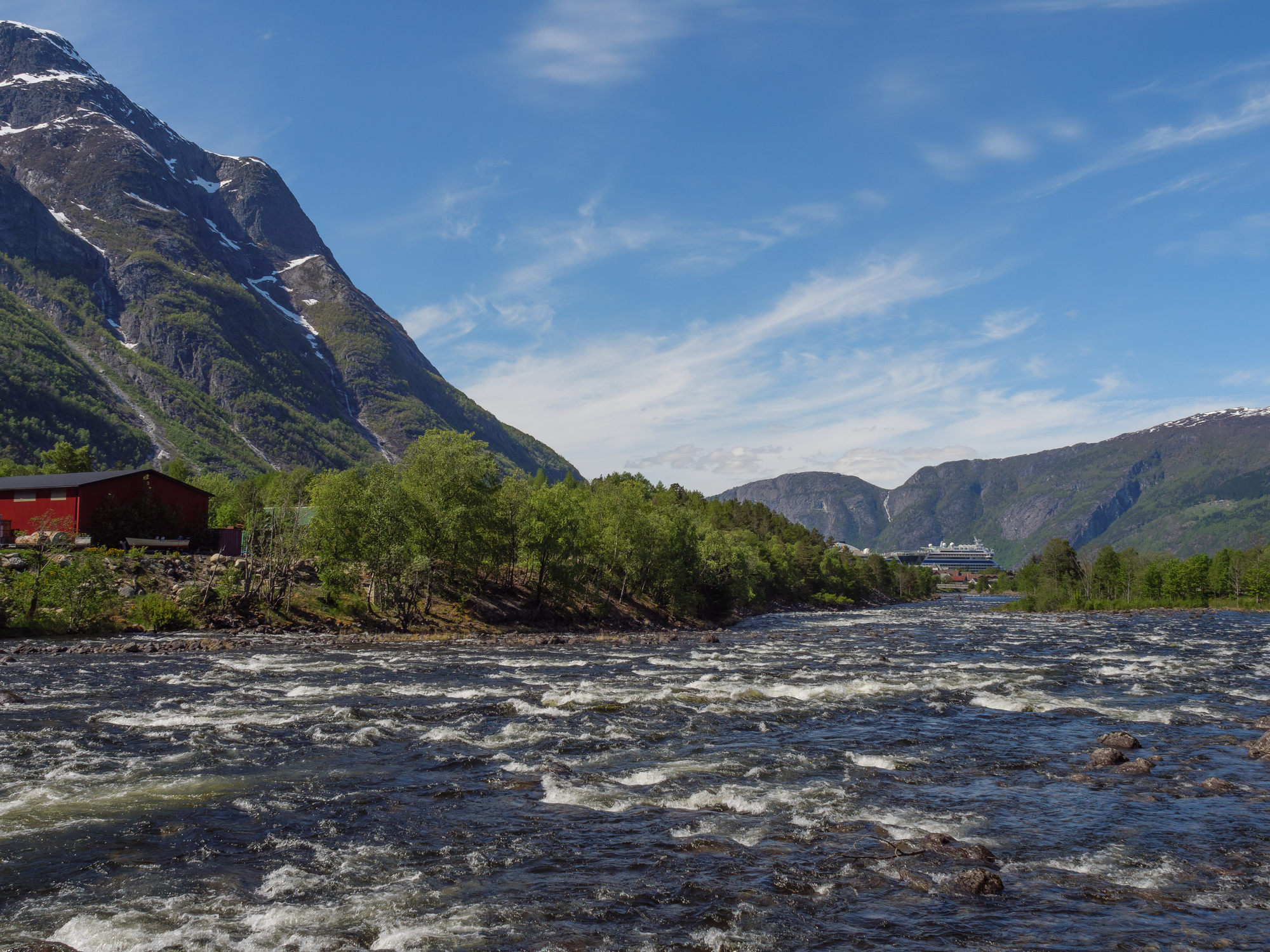
Famous for its spring apple blossoms that transform the hillsides into a patchwork of white and pink, this fjord offers gentler scenery than some of its wilder cousins. Hardangerfjord stretches 111 miles, with glaciers visible on higher plateaus and numerous small farms producing apples, cherries, and berries on the lower slopes.
The iconic Trolltunga rock formation juts out 2,300 feet above the fjord, creating one of Norway’s most photographed viewpoints.
Lysefjord
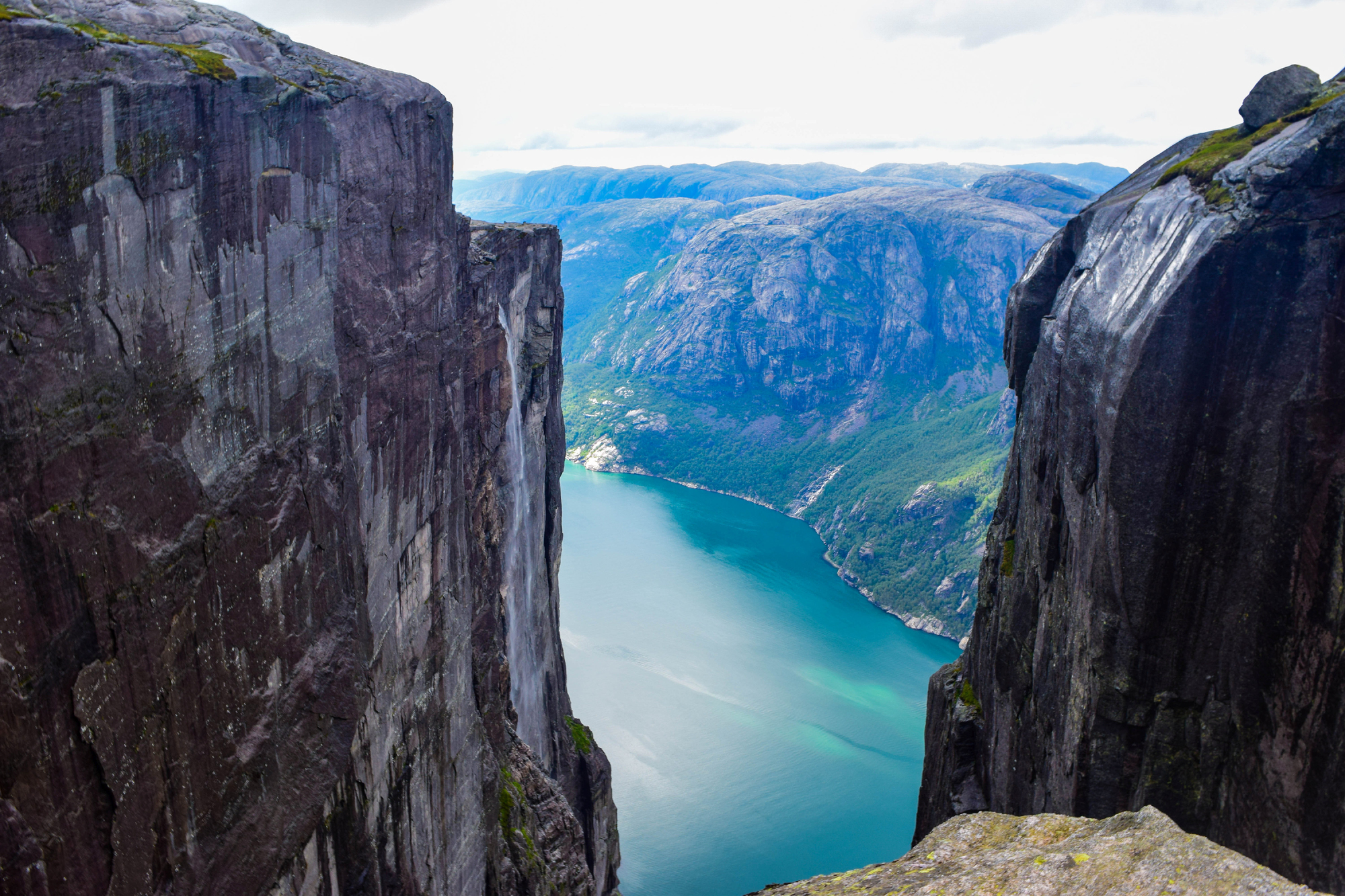
Dramatic vertical mountain walls rise nearly 3,300 feet straight from the water along this imposing fjord near Stavanger. The famous Preikestolen (Pulpit Rock) extends out over the fjord, creating a perfectly flat viewing platform nearly a quarter mile above the water.
Further into the fjord, the Kjeragbolten boulder sits wedged between two cliff faces, tempting adventurous visitors to stand on it, suspended above the distant fjord waters far below.
Nærøyfjord
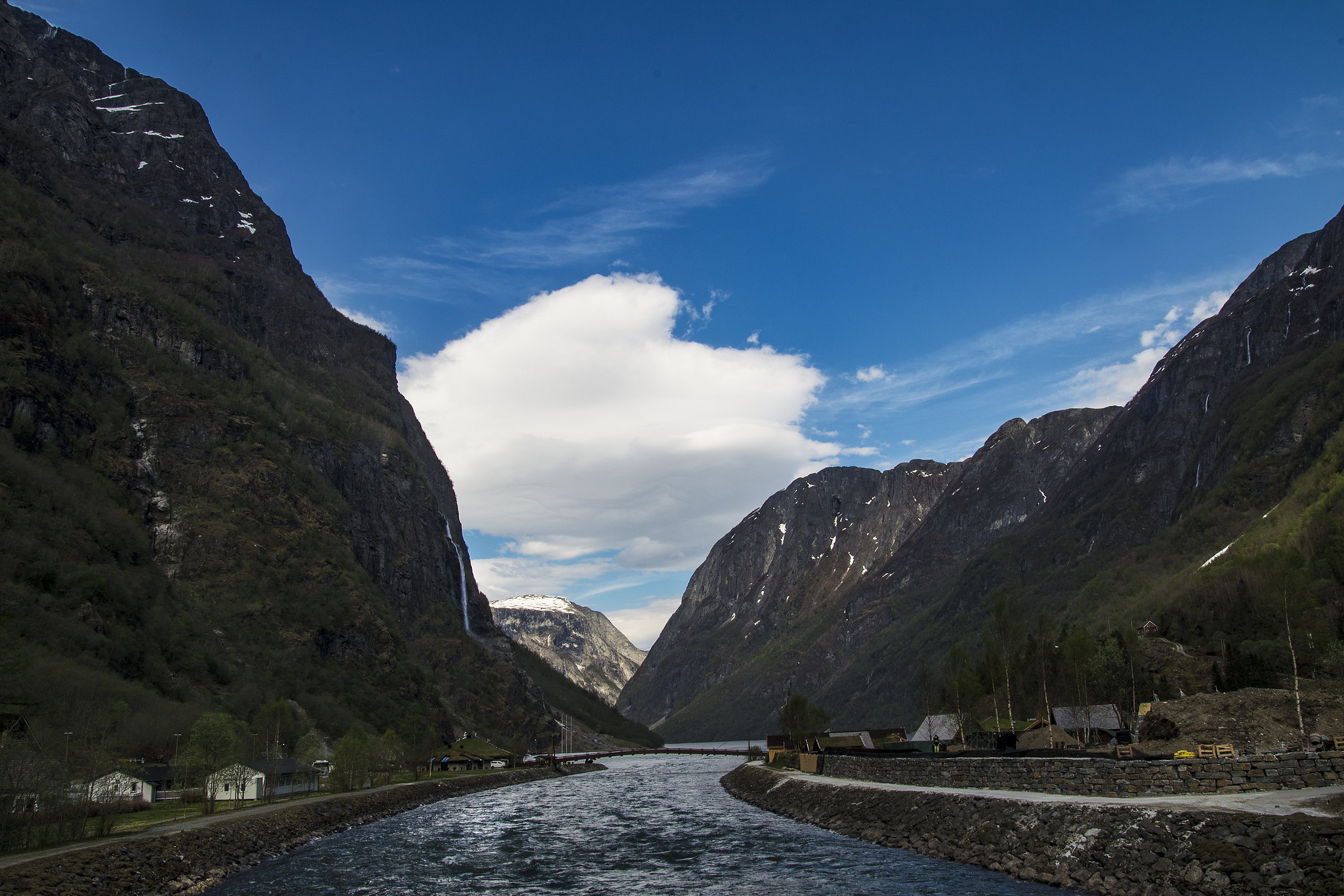
A narrow arm of the vast Sognefjord, this dramatic passage measures just 820 feet across at its narrowest point. The mountains on either side tower up to 5,900 feet above the water, creating an intimate journey through what feels like nature’s own cathedral.
The untouched landscape earned UNESCO World Heritage status and inspired the kingdom of Arendelle in a famous animated film, Frozen, inspired by a snow queen.
Like Travel Pug’s content? Follow us on MSN.
Hjørundfjord
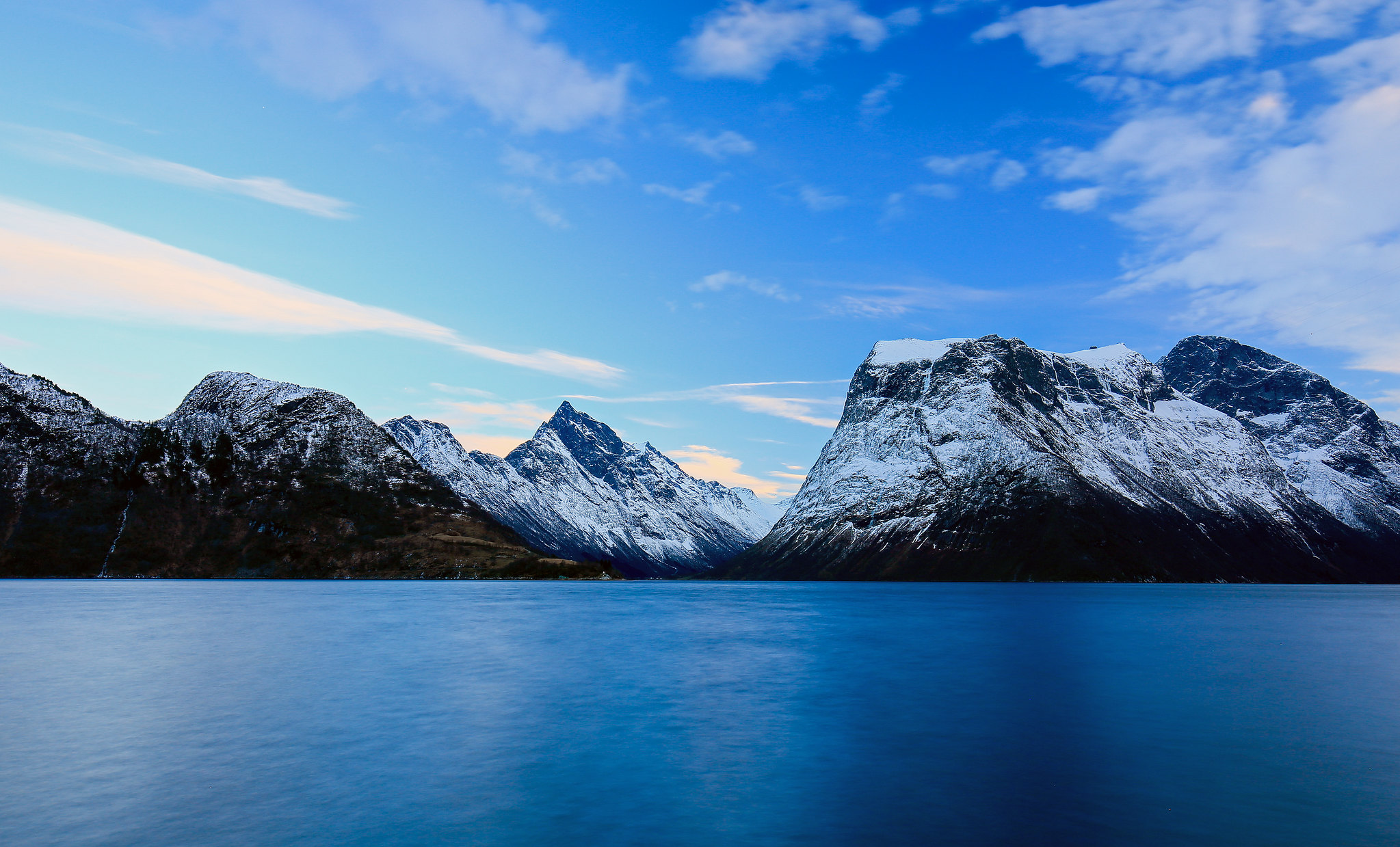
Surrounded by the Sunnmøre Alps with peaks reaching 5,500 feet, this lesser-known fjord offers a more authentic experience away from the tourist crowds. Traditional mountain farms cling to seemingly inaccessible slopes, continuing centuries-old agricultural practices.
The mountains here rise directly from the fjord, with no intervening lowlands, creating a dramatic visual contrast between the dark waters and snow-capped peaks.
Aurlandsfjord
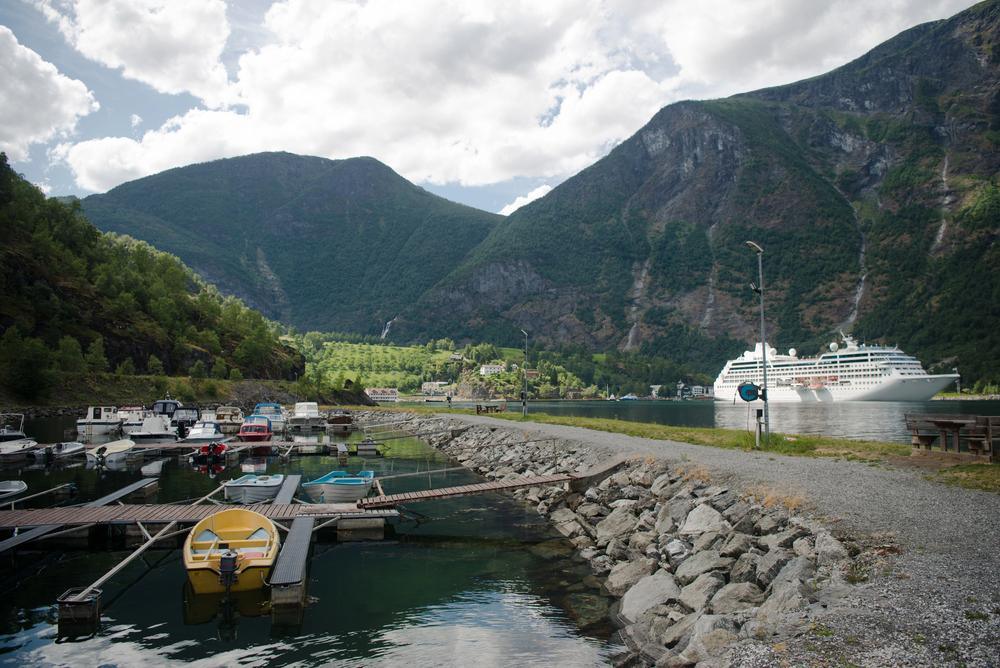
This branch of Sognefjord winds 18 miles inland, passing tiny villages with rich maritime histories tucked between towering mountains. The Stegastein viewpoint extends 98 feet from the mountainside, offering a breathtaking panorama 2,130 feet above the fjord through its glass-panel end section.
The picturesque village of Undredal, along the shore, produces a famous traditional goat cheese using methods passed down through generations.
Trollfjord
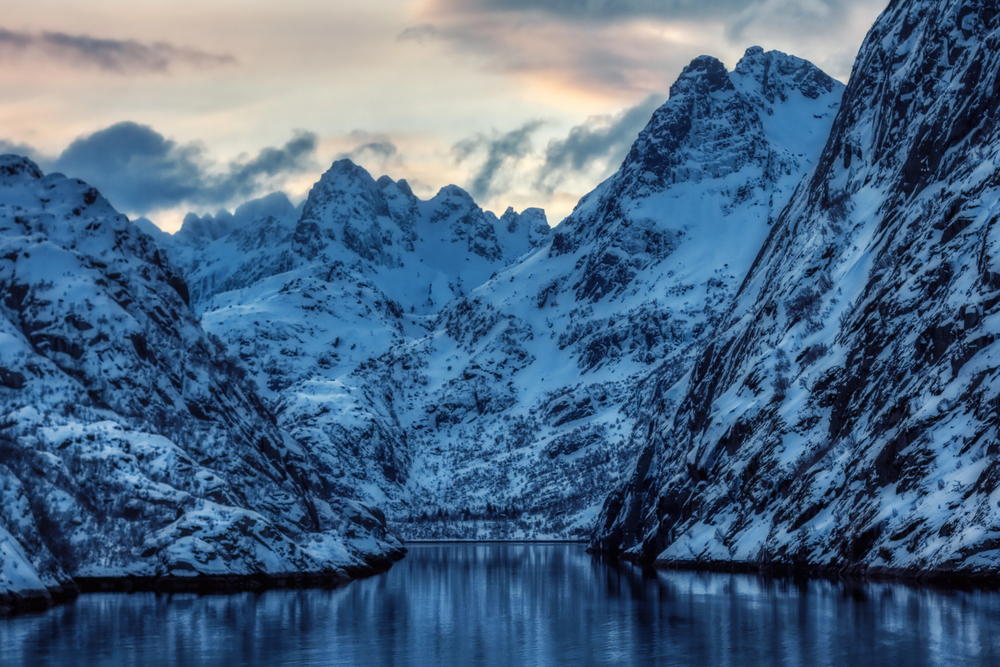
Located in the Lofoten archipelago above the Arctic Circle, this remarkably narrow fjord cuts less than 2 miles into the island of Austvågøy. The entrance measures just 328 feet across and opens into a fjord surrounded by steep mountains rising directly from the water.
Magnificent sea eagles often soar above the waters, while winter visitors may witness the magical northern lights reflecting on the dark surface.
Like Travel Pug’s content? Follow us on MSN.
Nordfjord

Stretching from Norway’s western coast to the enormous Jostedalsbreen glacier, this fjord offers remarkable diversity along its 66-mile length. The outer sections feature typical coastal landscapes with small islands and skerries, while the inner reaches reveal dramatic alpine scenery with snowcapped mountains.
The transition provides a fascinating journey through Norway’s varied terrain in a single waterway.
Isfjord
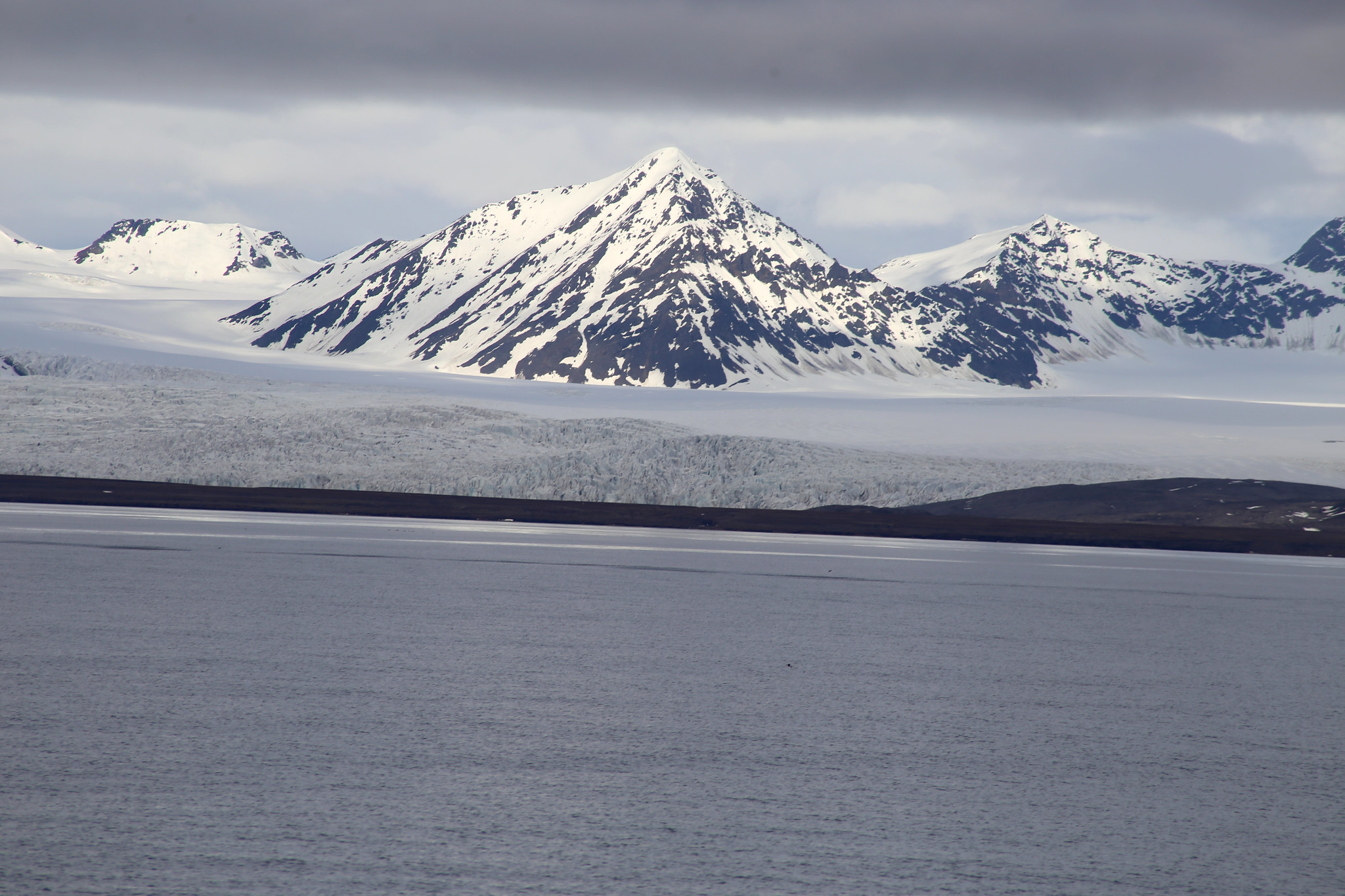
This Arctic fjord on Svalbard lies over 800 miles north of the Norwegian mainland in the High Arctic at 78° north. Unlike the forested fjords of mainland Norway, Isfjord presents a stark, treeless landscape of mountains striped with colorful mineral deposits under the midnight sun.
The northern location means visitors might spot polar bears, walruses, and whales against a backdrop of glacier fronts that calve directly into the fjord.
Romsdalsfjord
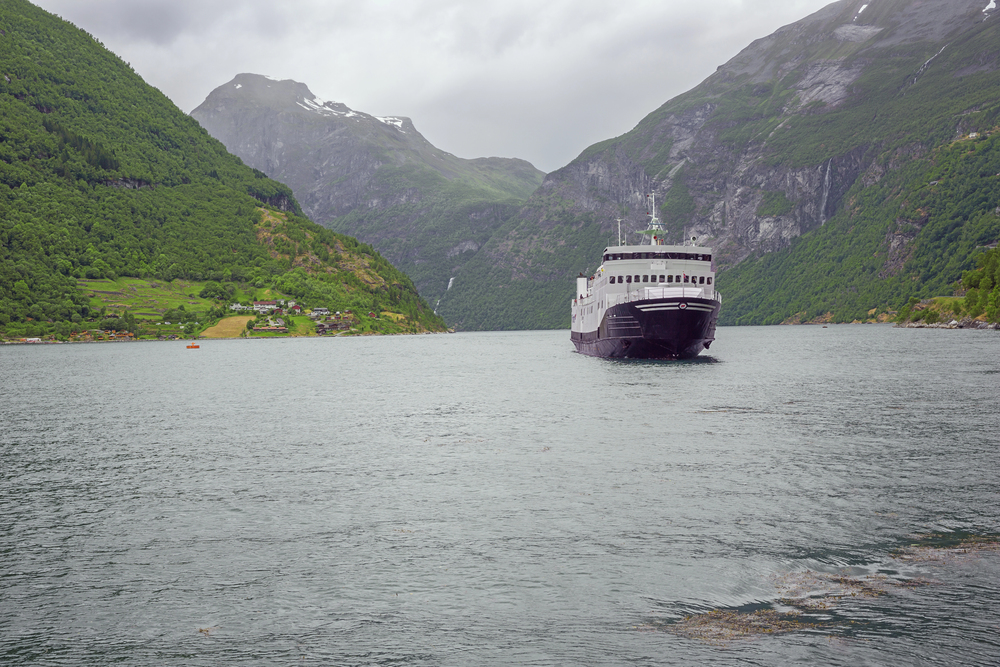
Mountains with some of Norway’s tallest vertical rock faces surround this fjord in northwestern Norway. The imposing Trollveggen (Troll Wall), near the fjord, features Europe’s tallest vertical cliff with a 3,600-foot drop that attracts elite climbers from around the world.
The panoramic Romsdalseggen ridge hike offers views of both the fjord waters below and the jagged alpine peaks that give the region its distinctive character.
Like Travel Pug’s content? Follow us on MSN.
Porsangerfjord

Norway’s fourth-longest fjord stretches 76 miles into the Finnmark region of northern Norway. Compared to its southern counterparts, the fjord widens considerably, creating a different visual experience with greater distances between shores.
The northern location makes it a prime spot for viewing the midnight sun in summer and spectacular aurora displays dancing over the fjord waters in winter.
Ullsfjord
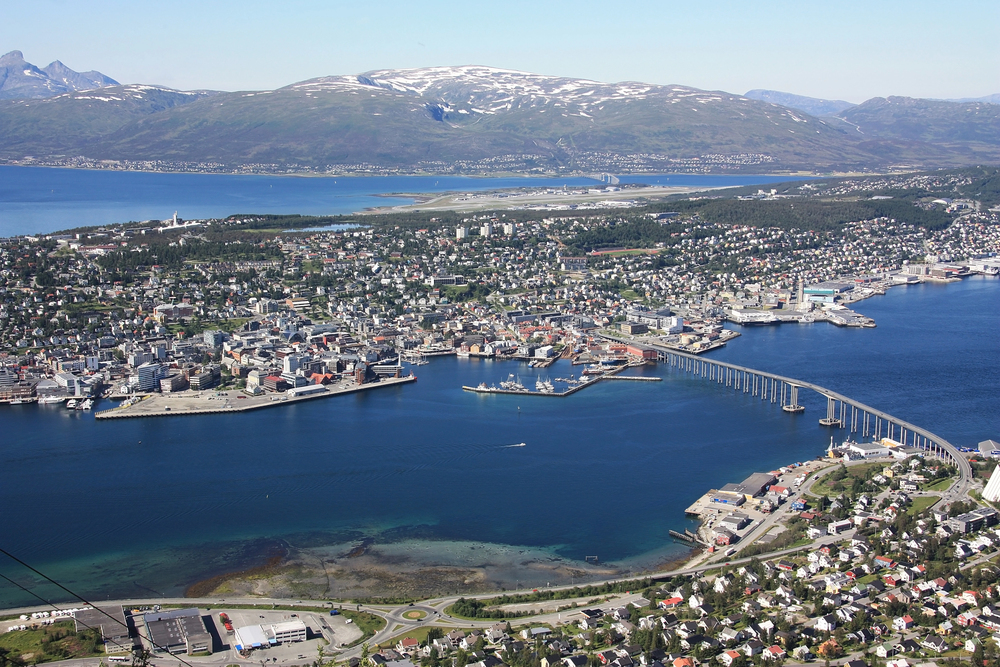
Located near Tromsø in northern Norway, this fjord offers accessible Arctic scenery with snow-covered mountains reflecting in still waters. The fjord extends 47 miles southeastward from the open ocean, creating a protected waterway even during rough sea conditions.
The Lyngen Alps, visible across the fjord, feature some of northern Norway’s most alpine-like mountains rising directly from sea level to heights over 5,900 feet.
Tafjord
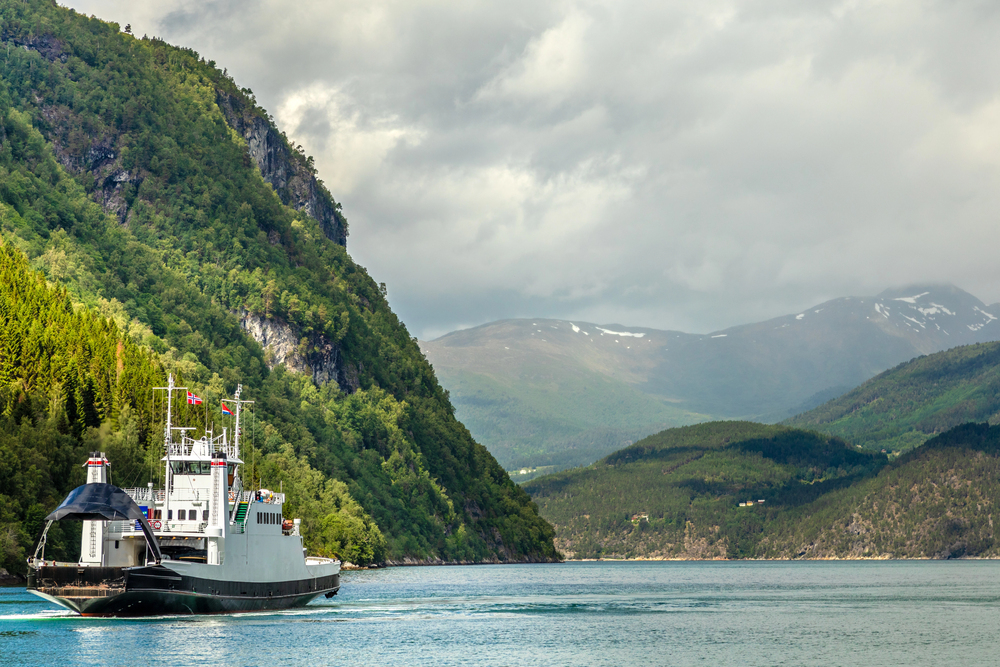
This small branch of the larger Storfjord penetrates deep into the mountains of western Norway, ending at a hydroelectric power station built in 1923. The narrow passage was the site of a devastating tsunami in 1934 when a massive rockslide displaced enormous amounts of water, serving as a reminder of the dynamic nature of these landscapes.
Today, the peaceful waters reflect the surrounding peaks in perfect symmetry, belying the fjord’s dramatic history.
Like Travel Pug’s content? Follow us on MSN.
Sunylvsfjord
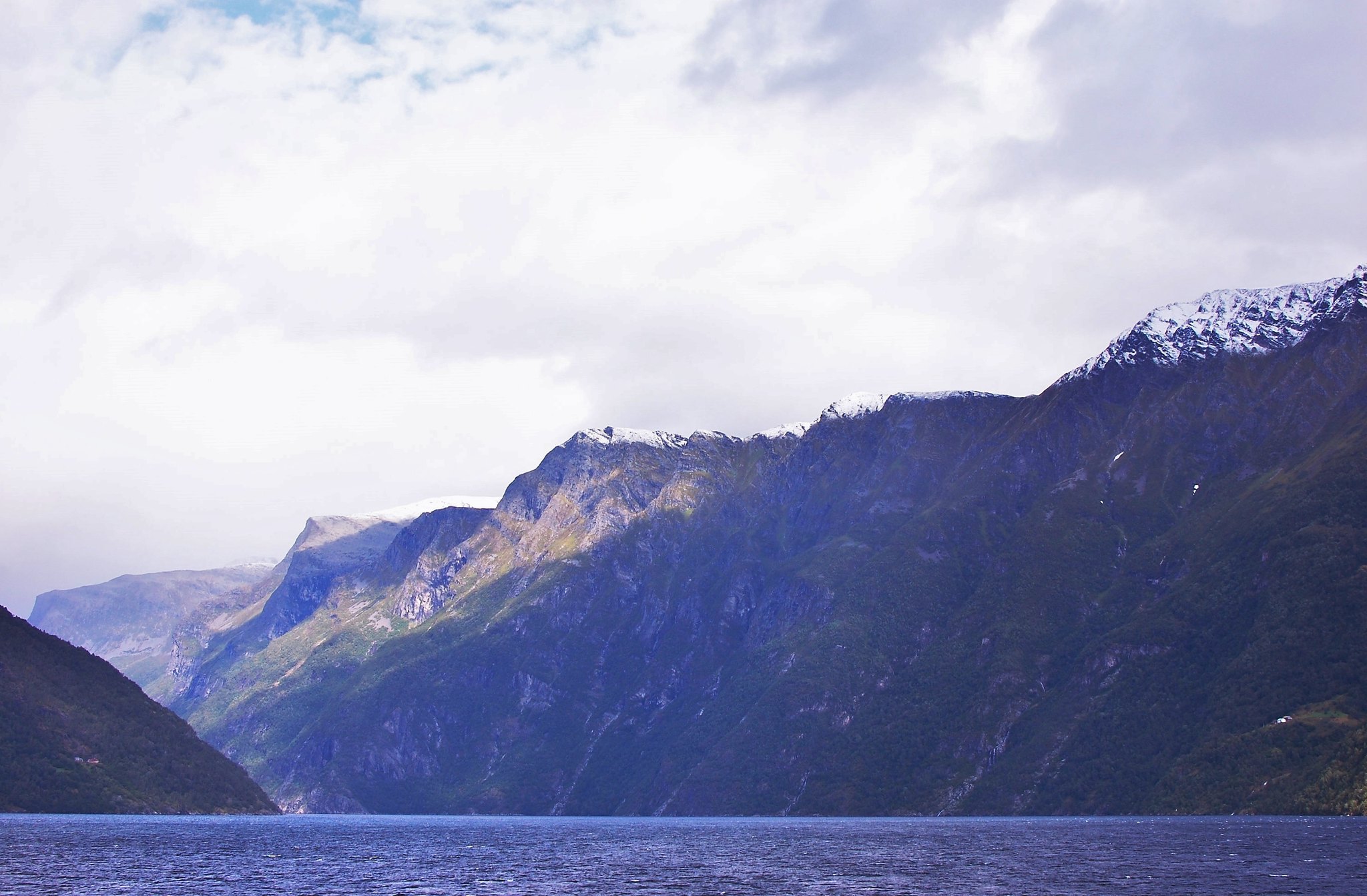
Crystal-clear waters characterize this branch of Storfjord, which leads ultimately to the famous Geirangerfjord. The fjord passes through sparsely populated areas, where mountain farms perch on natural terraces hundreds of feet above the water.
The small community of Hellesylt at the end of the fjord features a waterfall running right through the center of the village before emptying into the fjord waters.
Boknafjord
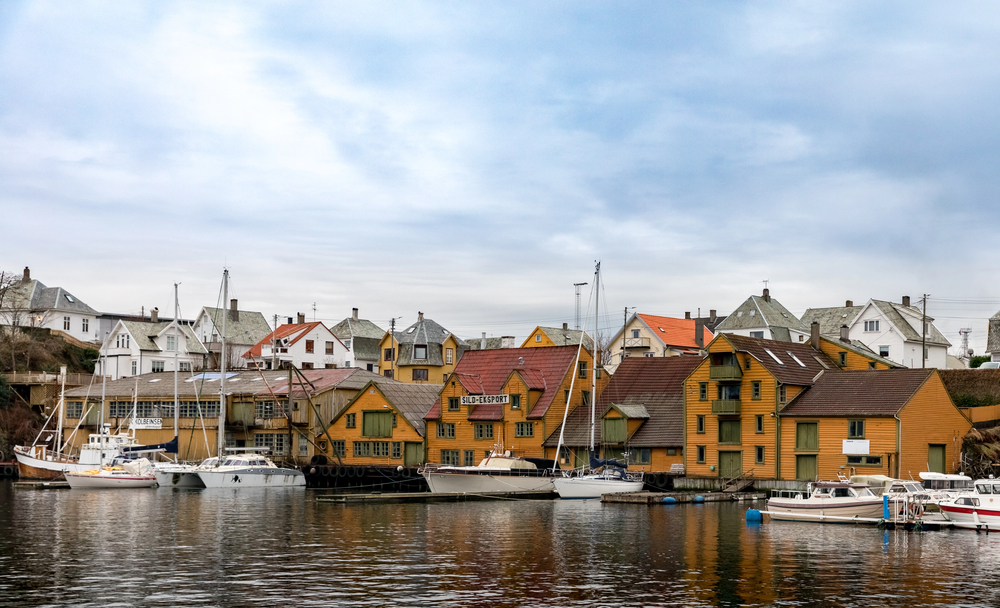
Unlike the narrow passages typical of Norwegian fjords, this expansive waterway near Stavanger encompasses numerous islands and connects to several smaller fjords. The open landscape allows for spectacular sunsets across the water with islands silhouetted against the colored sky.
The fjord contains several bridges comprising part of the coastal highway, including the remarkable Ryfylke tunnel that runs beneath the fjord at a depth of 942 feet.
Tysfjord
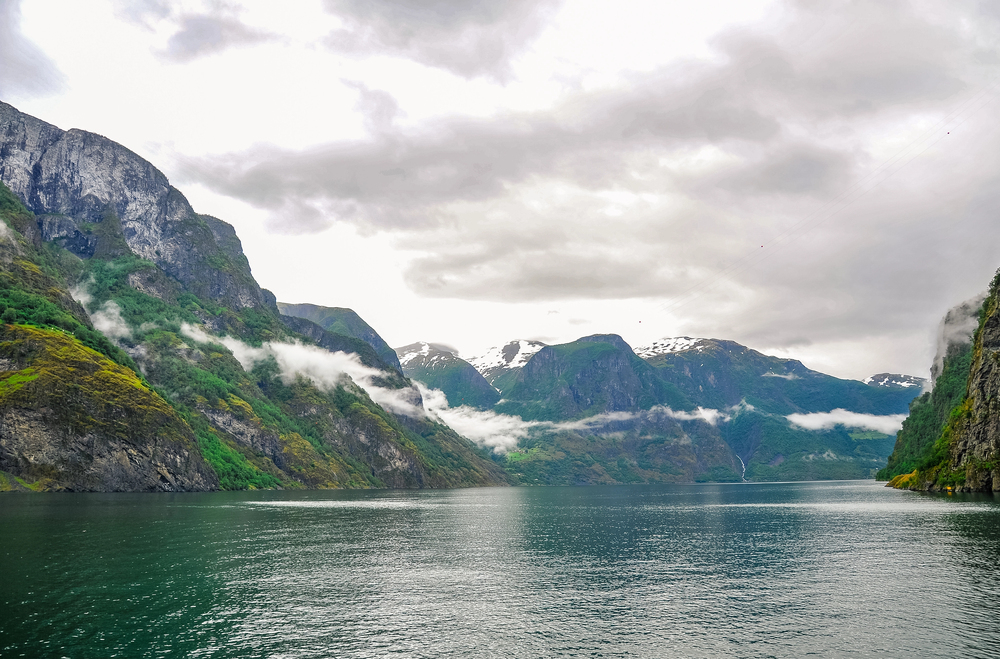
Located north of the Arctic Circle, this fjord cuts deeply into the mainland near the Swedish border. The surrounding mountains feature distinctive rounded shapes created by the weight of ancient ice sheets, contrasting with the jagged peaks found elsewhere.
The fjord marks Norway’s narrowest point, with just 4 miles of land separating its innermost reaches from the Swedish border to the east.
Like Travel Pug’s content? Follow us on MSN.
Melfjord
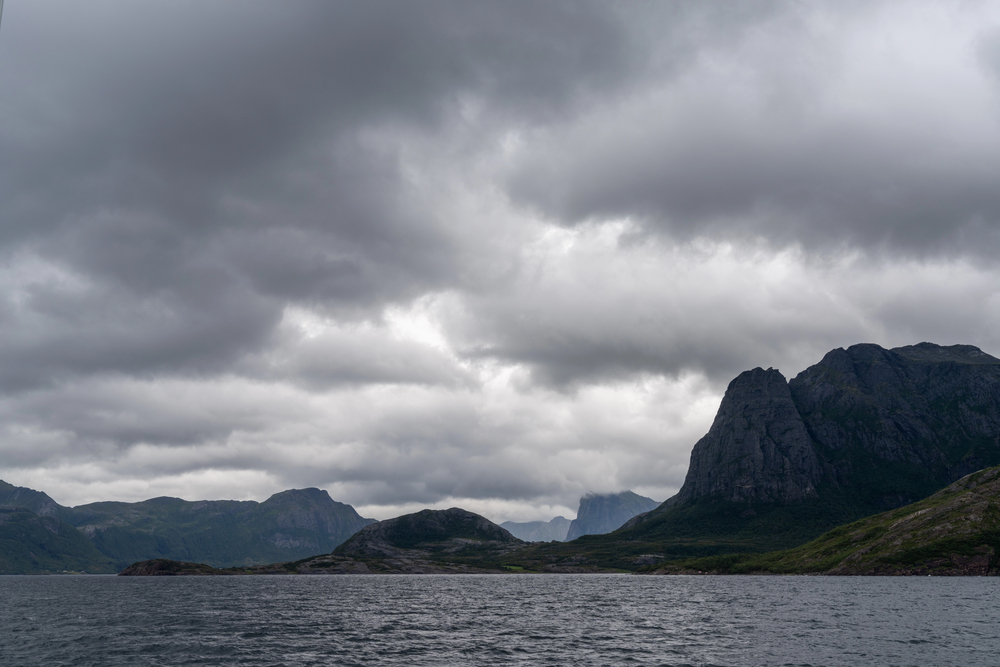
This remote fjord in the Helgeland region receives few visitors, offering an unspoiled experience of Norway’s coastal wilderness. Access typically requires a boat journey, as no roads reach the shores of this isolated waterway surrounded by untamed nature.
The lack of development means night skies remain dark, perfect for stargazing and viewing the northern lights during winter months.
Byfjord
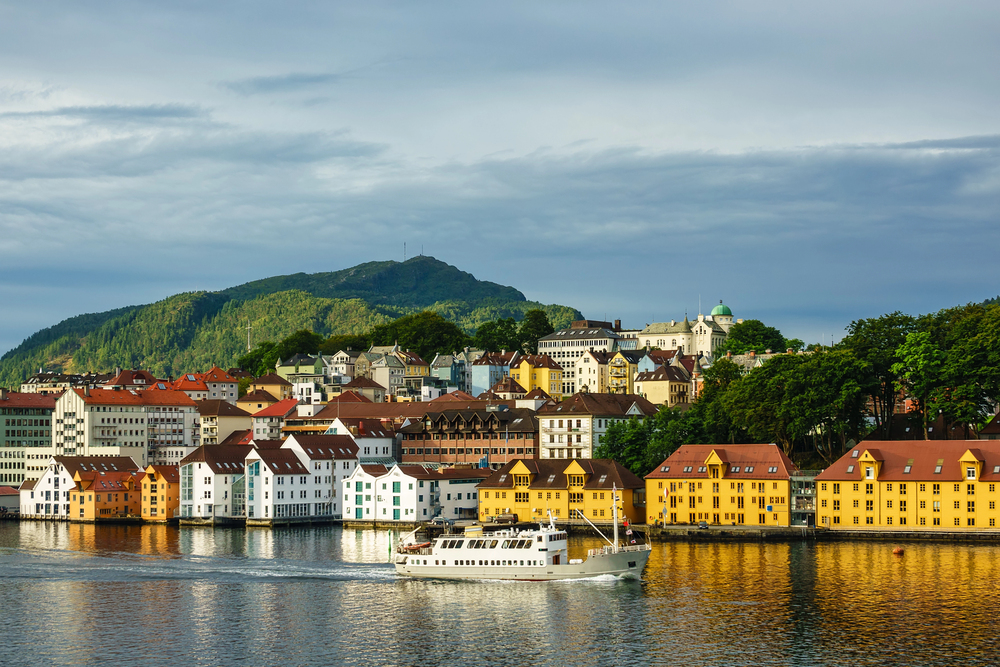
Running through the heart of Bergen, Norway’s second-largest city, this urban fjord demonstrates how Norwegians integrate daily life with their dramatic natural surroundings. Historic wooden buildings of the UNESCO-listed Bryggen district reflect in the waters against a backdrop of seven mountains surrounding the city.
Despite its urban setting, the fjord waters host porpoises and seals. Fish markets along the shore sell the morning’s catch directly to residents.
Lyngdalfjord

This lesser-known southern fjord offers a gentler landscape than its dramatic northern counterparts while maintaining distinctive Norwegian charm. Lush forests reach down to the shoreline instead of vertical cliffs, creating a more accessible natural environment perfect for hiking and kayaking adventures.
The surrounding Lyngdal region features idyllic white wooden churches, traditional farmhouses with grass-covered roofs, and ancient Viking burial mounds that connect visitors to Norway’s rich cultural heritage.
Like Travel Pug’s content? Follow us on MSN.
Nature’s Masterpieces

Norway’s fjords represent some of Earth’s most dramatic intersections of land and sea, places where massive geological forces have created landscapes of breathtaking beauty and contrast. These waterways have shaped Norwegian culture for thousands of years, influencing everything from traditional architecture to folklore and modern art.
Whether viewed from mountain lookouts, small boats navigating their calm waters, or coastal roads winding along their shores, these twenty fjords offer travelers unforgettable experiences of nature at its most spectacular and profound.
More from Travel Pug

- Cities Growing so Fast You Won’t Recognize Them in 10 Years
- 13 Destinations Where Tourists Regularly Regret Their Trip
- 16 U.S. Cities That Are Quietly Becoming Travel Hotspots
- Where to Travel If You Love Long Bus Rides and Daydreams
- 20 Cities Perfect for Solo Travelers Who Crave Adventure & Culture
Like Travel Pug’s content? Follow us on MSN.
